Breaking negative thought patterns could ward off anxiety, depression

Getting stuck in a negative loop is part of many mental health disorders. A new therapy focuses more on these thought patterns than the thoughts themselves.
Science and Technolgy blog

Getting stuck in a negative loop is part of many mental health disorders. A new therapy focuses more on these thought patterns than the thoughts themselves.
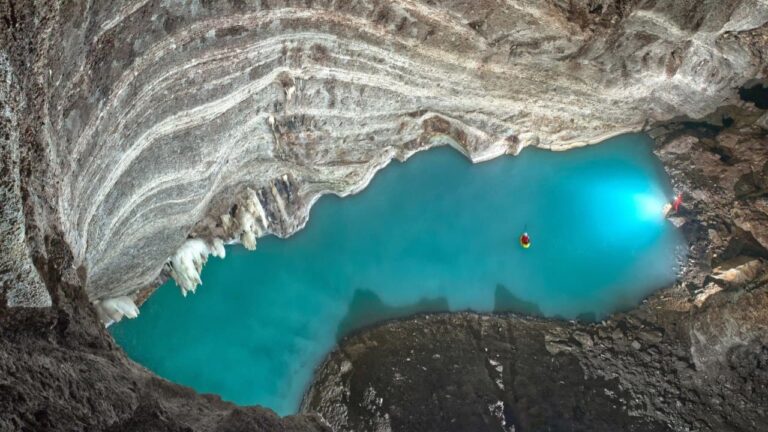
Researchers have returned to an underground thermal lake they first came across in 2021 in southern Albania and confirmed it is the largest of its kind known in the world.

The Sarandí canal in Argentina turned blood red last week. Officials suspect a toxic substance used in dyes has entered the waterway, located on the outskirts of Buenos Aires.

Gases that rise from the earth during earthquakes could explain strange sightings of floating balls of light.

Valentine’s Day isn’t just an opportunity to exchange nice notes with friends, family, classmates and crushes. It’s also a great excuse to eat many people’s favorite treat: chocolate. The main ingredient for chocolate comes from the tropical cacao tree. The…
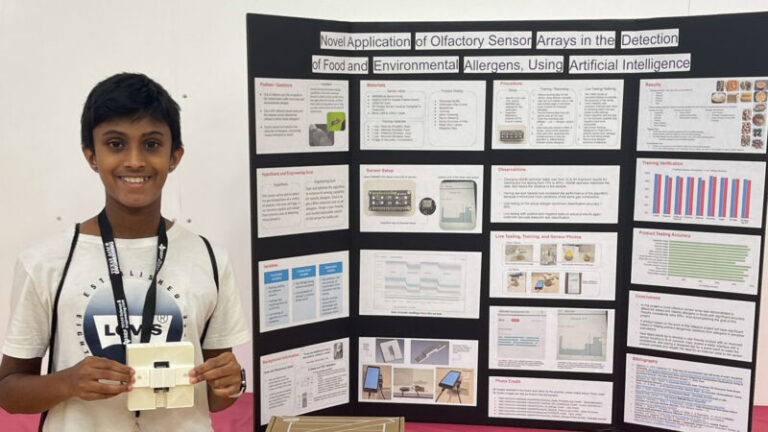
Samvith Mahadevan, 14, has had severe food allergies his whole life. He’s been exposed to allergens when eating foods that were not labeled properly. To protect people like him from allergic reactions, Samvith decided to build his own allergen detector.…
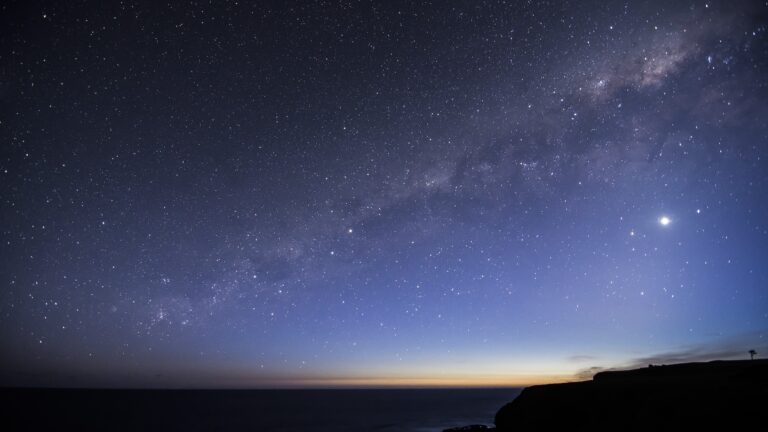
In a cosmic coincidence, Venus — the planet named for the Roman goddess of love — will be at its brightest and best on Valentine’s Day. Heres where and when to see it.
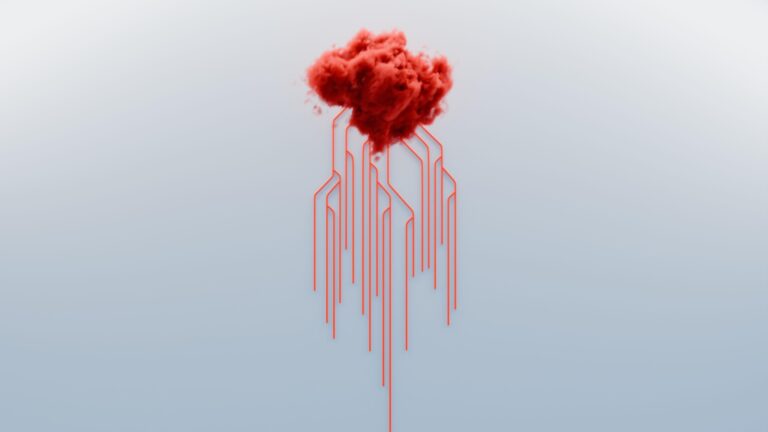
AI “alignment” is a buzzword, not a feasible safety goal.
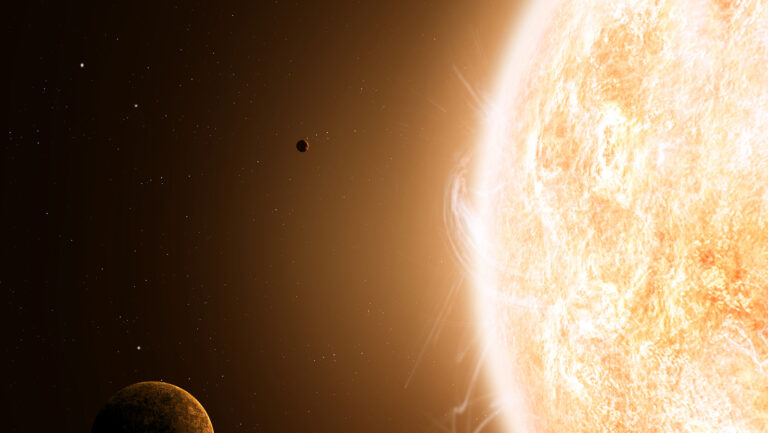
Test your knowledge on the giant ball of burning gas at the heart of the solar system.

A new study of human remains dredged from the Thames River reveals that people frequently deposited corpses there in the Bronze and Iron ages.